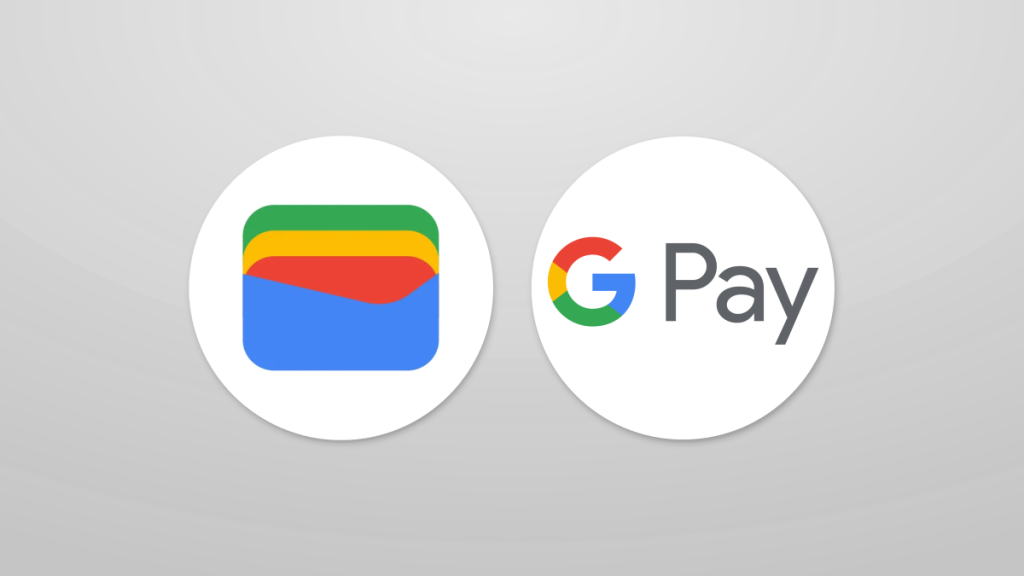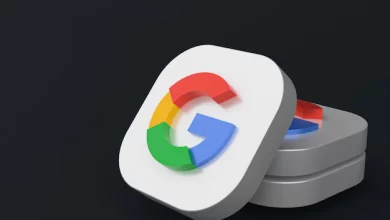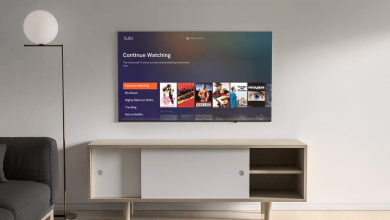Recently, Google made headlines with its news in an effort to streamline its payment ecosystem. The company announced that it would shut down Google Pay in the United States. This decision is part of the tech giant’s strategy to consolidate its various payment applications and services to provide users with a more cohesive and seamless experience. As Google Pay prepares to shut down in the US, it marks a significant change in the digital payments landscape, raising questions about the future of mobile payments and the strategies of the major players in the industry. Let’s take a look at the implications of this decision and what it means for both consumers and the fintech sector as a whole.
Reasons For Google Pay Shutdown

Unfortunately, after June 4, users will no longer be able to send, request, or receive money through the US version of the Google Pay app. Until that date, users can view and transfer their Google Pay balance to their bank account through the app. If you still have funds in your account after that date, you can view and transfer them to your bank on the Google Pay website.
The decision to shut down Google Pay in the United States can be attributed to several reasons:
- Streamlining Payment Ecosystem: Google Pay’s shutdown is part of the company’s broader effort to streamline its payment ecosystem. Over the years, Google has developed multiple payment platforms and services, leading to fragmentation and confusion among users. By consolidating its offerings, Google aims to simplify the user experience and create a more cohesive ecosystem.
- Focus on the Google Pay app: Although Google Pay will no longer be available as a standalone app in the US, the company will continue to offer its payment services through the Google Pay app. In this case, you can actually pay for various services of the best PayID online casinos list. This app serves as a central hub for various payment methods, including debit and credit cards, as well as loyalty and rewards programs. By consolidating its services into one application, Google can better focus its resources and provide a more integrated experience for users.
- Competition from Other Payment Apps: The digital payment landscape has become increasingly crowded, with numerous competitors vying for market share. Google faces stiff competition from other payment apps such as Apple Pay, Samsung Pay, and various banking apps. Shutting down Google Pay in the US may be a strategic move to reallocate resources and better compete in this crowded market.
- Shift in Strategy: Google may also be shifting its strategy in response to changing market dynamics and consumer preferences. The company may be reevaluating its approach to payments and focusing on areas where it can differentiate itself and provide unique value to users. This could involve investing in new technologies, partnerships, or features within the Google Pay app.
Alternative Payment Solutions

Due to the termination of Google Pay in the United States, users of Android devices and other platforms may need to find alternative payment solutions. However, the digital payment services market offers many other options that can be used instead of Google Pay.
- Apple Pay: For iPhone users and other Apple devices, Apple Pay offers a similar service for making payments with their devices. This service also offers convenience, security, and extensive functionality.
- Samsung Pay: Samsung device owners can use Samsung Pay, which offers features similar to Google Pay and Apple Pay.
- PayPal: PayPal is one of the most popular online payment services that allows you to make online payments, transfer money, and more. It can be used as an alternative for personal and commercial payments.
- Square Cash (Cash App): Square Cash, also known as Cash App, is another popular service for personal and commercial payments. It offers a convenient way to send and receive money through a mobile app.
Future Of Google Pay
The news of Google Pay’s official discontinuation shouldn’t come as a surprise to most people, as Google Wallet was already outlived years ago. To be honest, I was shocked that Pay is still around, especially because Wallet is the best app due to its richness of features and support. However, there is a major hurdle that Google will have to overcome, and that is the branding issue. While most people use Google Wallet, it doesn’t mean they call it that. It is still widely known as Google Pay due to how similar it is to Apple Pay, and many retailers use the Pay sticker.
While this is a valid part of the strategy to convert people, it cannot be the only one, otherwise serious confusion and even distrust will arise. If the average user does not understand that Wallet is a simple conversion instead of Pay, there is a high probability that they will not want to trust this program for future purchases. And it’s even worse because data theft is so widespread nowadays, which can contribute to even more distrust.
Conclusion
Overall, the decision to close Google Pay in the United States reflects Google’s efforts to simplify its payment offerings, better compete in the digital payments market, and align its strategy with the ever-changing needs and preferences of consumers. By adapting to changing market needs and user preferences, Google can ensure its competitiveness and take an important position in the digital payments industry in the future.



